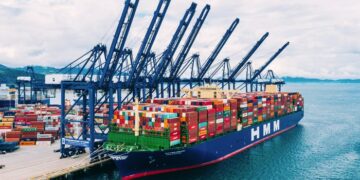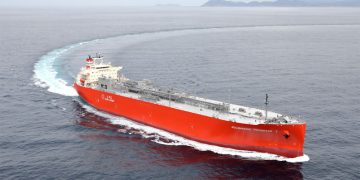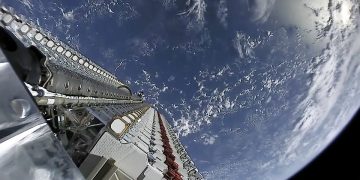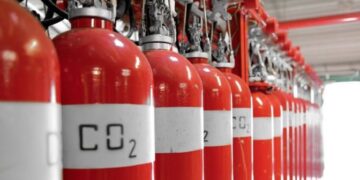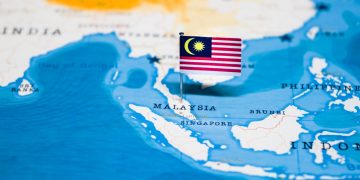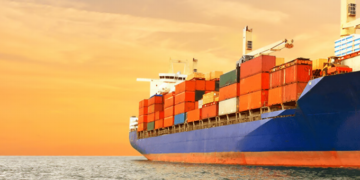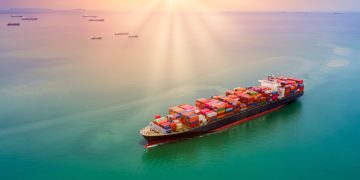Nitrate pollution in Pacific Ocean
Rising nitrate levels in the northwest Pacific Ocean can influence marine ecology Rising nitrate levels in the northwest Pacific Ocean could alter the makeup of marine plants and influence marine ecology, U.S. and Korean researchers say.Atmospheric and riverine pollution off the coasts of Korea and Japan that is changing the ratio of nitrate to phosphorus has researchers saying they're concerned about ecological effects."Normally in a marine environment nitrate is the limiting factor, but increased nitrate in the ocean can spur growth and create a situation where phosphorus becomes the nutrient in short supply," Raymond G. Najjar, Penn State professor of oceanography, said."This change in nutrients could favor organisms that are better suited for high nitrate and low phosphorus."The effects of man-made nitrate pollution have been shown to be significant in local lakes, streams and estuaries in Norway, Sweden and the United States, researchers said, but this is the first study of such effects in open ocean waters."This is the first evidence of increases in nitrate in ocean waters, not in an enclosed estuary like the Chesapeake Bay," Najjar said. "These are large, very deep bodies of water and it is surprising to see increased nitrate in these large seas."A significant ...
Read more





